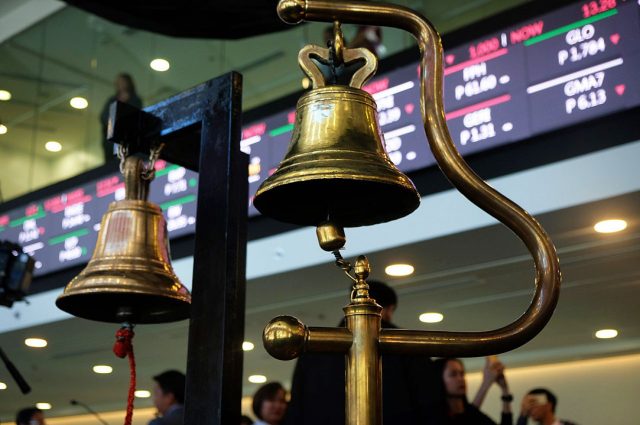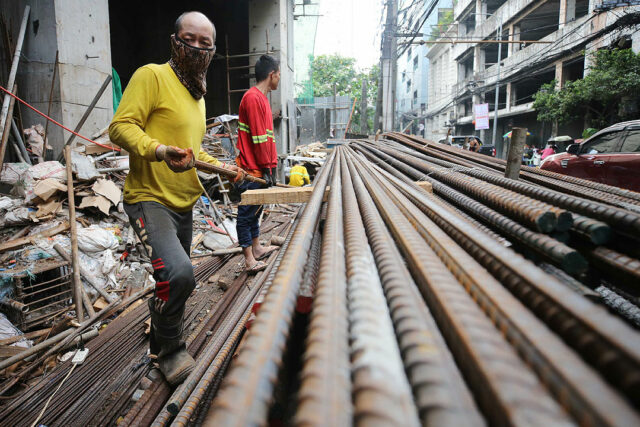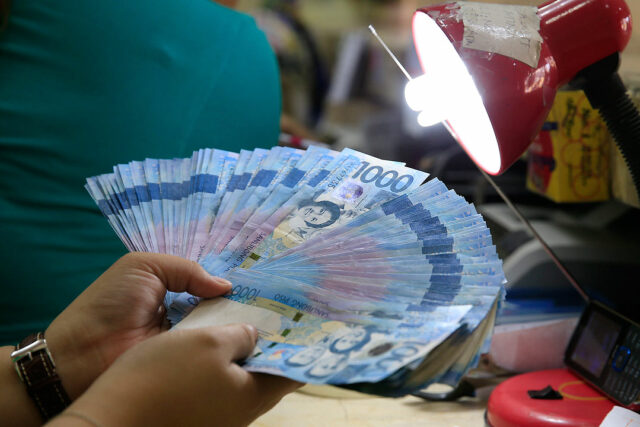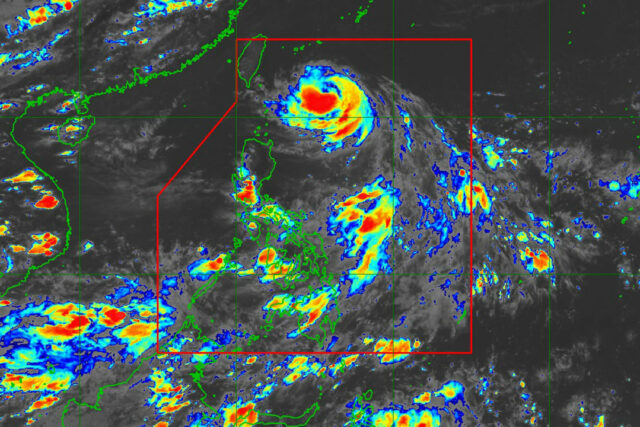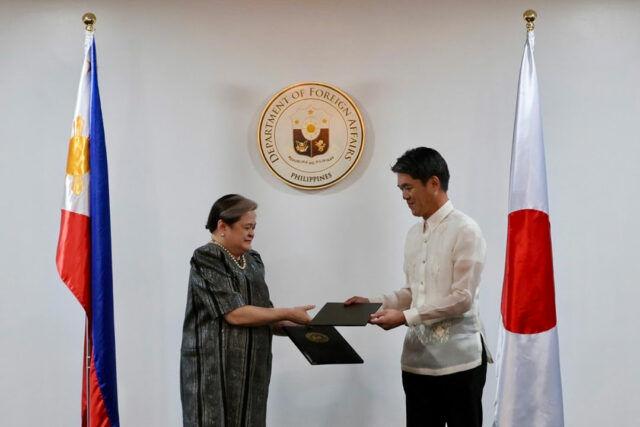By Kenneth Christiane L. Basilio and Adrian H. Halili, Reporters
THE PHILIPPINE military will hold a strategic conference to plan its next moves in the South China Sea, after a Chinese coast guard vessel and navy warship attempted to ram a Philippine boat near Scarborough Shoal, Manila’s top general said on Tuesday.
Talks would likely include the possible deployment of warships or holding joint sails alongside allies to the South China Sea as response to China’s increasing assertiveness in the disputed waters, Philippine military chief General Romeo S. Brawner, Jr. said.
“We will be holding a conference within our ranks in the Armed Forces of the Philippines, together with the Philippine Coast Guard (PCG), and of course, we will also seek guidance from our President,” he told reporters in Filipino.
“We will discuss the possible steps we can take and our future tactics to counter what China is doing to prevent us from approaching Bajo de Masinloc,” he added, referring to Scarborough by its Filipino name.
Chinese ships have repeatedly barred Filipino fishermen from accessing Scarborough Shoal, which lies within Manila’s 200-nautical mile (370 kilometers) exclusive economic zone. The atoll is a vast fishing lagoon near major shipping lanes that China seized in 2012 after a standoff with Philippine troops.
The shoal is 240 kilometers west of the main Philippine island of Luzon and is nearly 900 kilometers from Hainan, the nearest major Chinese landmass.
A Chinese navy ship collided with a smaller China Coast Guard (CCG) vessel on Monday as the latter was chasing a PCG ship, carrying out a mission to buy fish directly from Filipino fishers at the shoal.
The incident was the latest flare-up in the long-standing dispute between the Philippines and China in the South China Sea, a key global trade route that is believed to be rich in minerals and oil deposits.
The CCG argued it was taking “necessary measures — including tracking, monitoring and blocking — to expel the Philippine vessels,” according to an Aug. 11 article published by Chinese news outlet Xinhua. China asserts a sweeping claim over the South China Sea based on its so-called nine-dash line, which overlaps with the exclusive economic zones of countries like the Philippines, Vietnam, and Malaysia.
A 2016 ruling by a United Nations-backed tribunal in The Hague voided Beijing’s claim, but China has rejected the decision and maintains significant naval presence in contested areas, including the Spratly Islands and Scarborough Shoal.
“We can see that China’s tactics are changing,” said Mr. Brawner. “They are now deploying their People’s Liberation Army — Navy ships, which is a symbol of China’s growing aggressiveness.”
He said the Philippine government has contingency plans in case a Filipino sailor gets hurt or killed by the Chinese navy. “We have actions that we will do.”
Meanwhile, Philippine Rear Admiral Roy Vincent T. Trinidad, navy spokesman for the South China Sea, said the military is prepared to respond “if needed and when needed.”
“We are prepared for any eventuality.”
The military is not authorized to use force except for “self-defense situations” when patrolling the South China Sea, said Mr. Trinidad.
He said similar incidents like what happened on Monday could happen again if China continued to conduct what he called as “illegal, coercive, aggressive and deceptive.”
President Ferdinand R. Marcos, Jr. on Monday said that he will not instruct Philippine vessels to back out as the Philippine government “does not withdraw from battles.”
The Department of Foreign Affairs (DFA) on Tuesday condemned the dangerous and unlawful maneuvers by the two Chinese vessels that disrupted a humanitarian mission for Filipino fisherfolk in the South China Sea.
“Their actions not only posed a grave danger to Philippine personnel and vessels, but also resulted in the unfortunate collision between the two Chinese vessels,” the DFA said in a statement.
The DFA has also stressed the need to follow international maritime rules like the 1972 International Regulations for Preventing Collisions at Sea (COLREGS) and the 1974 Safety of Life at Sea Convention (SOLAS).
“The Philippines has repeatedly emphasized the importance of maritime safety, and is prepared to work with relevant parties to draw lessons from this incident,” the agency said.
It added that the Philippines will continue to utilize diplomatic avenues for dispute resolution ongoing the South China Sea.
“The Philippines remains keen in utilizing diplomacy and dialogue to address differences and produce positive outcomes, in line with the President’s instruction to manage the situation in the (South China Sea) constructively and settle disputes peacefully,” the DFA said.
The agency added that the Philippines will maintain its presence in the disputed waterways to “unstintingly assert and protect its sovereignty, sovereign rights, and jurisdiction in accordance with international law.”
The DFA had also commended the actions of the PCG personnel, who offered assistance to the two Chinese vessels after the collision.
“Conscious of its obligations to render assistance in times of distress at sea and its mandate under its jurisdiction, the Philippines without hesitation offered medical aid and other relevant support to the Chinese side, including towing the damaged China Coast Guard vessel out of the area to ensure the safety of navigation for other vessels,” it added.




